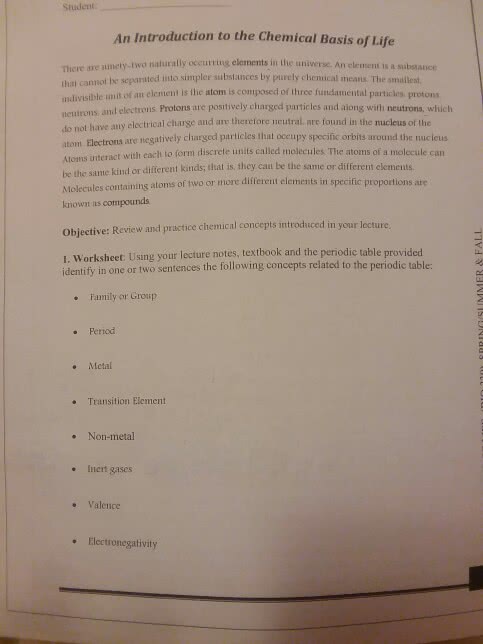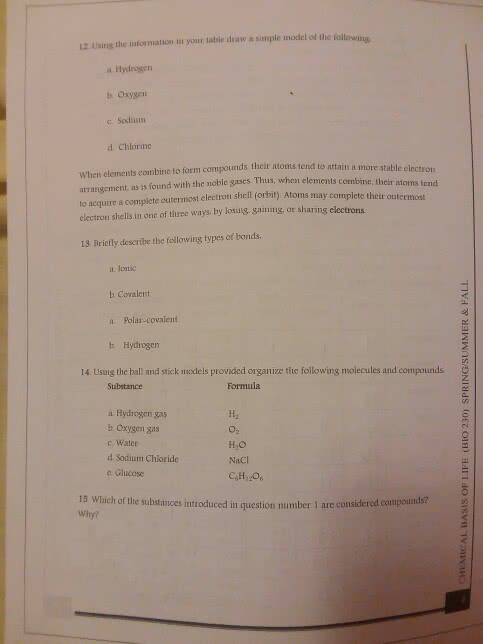CHEM1001 Lecture Notes - Lecture 8: Chemical Element, Atomic Number
Document Summary
A chemical element is a pure substance that consists of one type of atom. Each atom has an atomic number, which represents the number of protons that are in the nucleus of a single atom of that element. The periodic table of elements is ordered by ascending atomic number. The chemical elements are divided into the metals, the metalloids, and the non-metals. Examples of elemental non-metals include carbon and oxygen. Metalloids have some characteristics of metals and some characteristics of non-metals. As of november, 2011, 118 elements have been identified. Of these 118 known elements, only the first 98 are known to occur naturally on earth. The elements that do not occur naturally on earth are the synthetic products of man-made nuclear reactions. 80 of the 98 naturally-occurring elements are stable; the rest are radioactive, which means they decay into lighter elements over timescales ranging from fractions of a second to billions of years.



